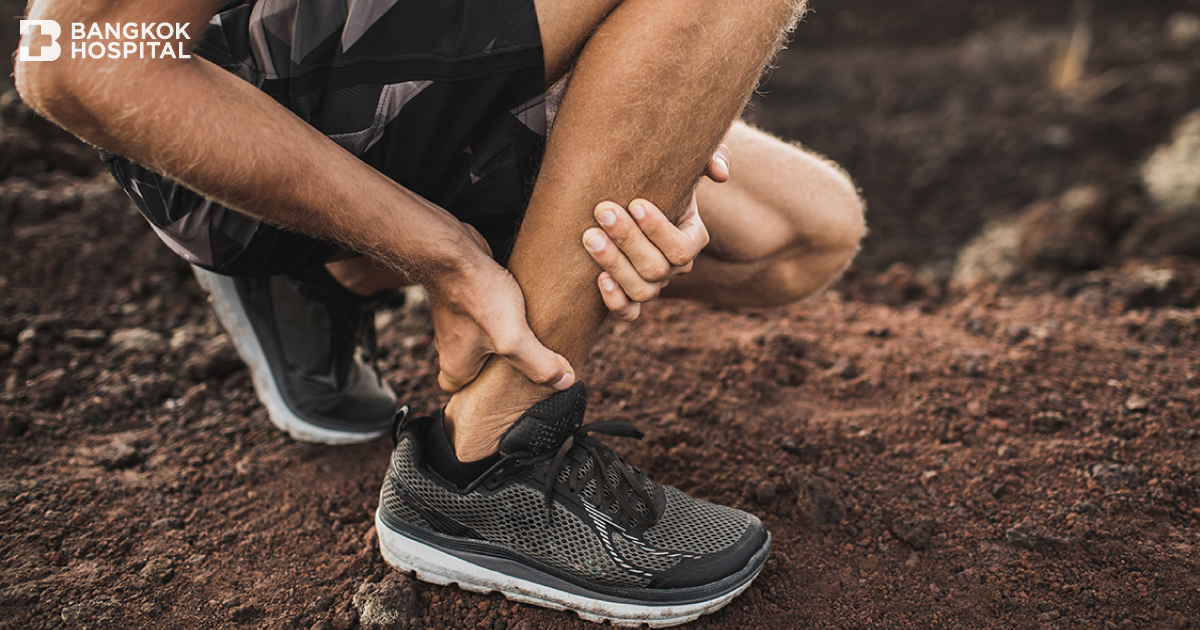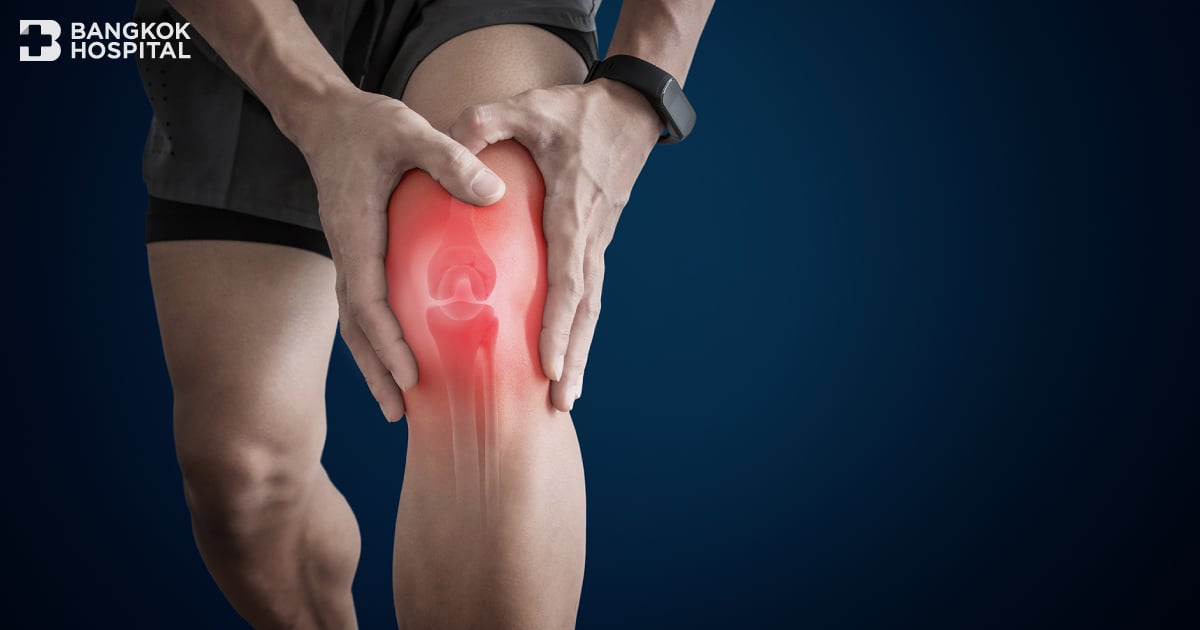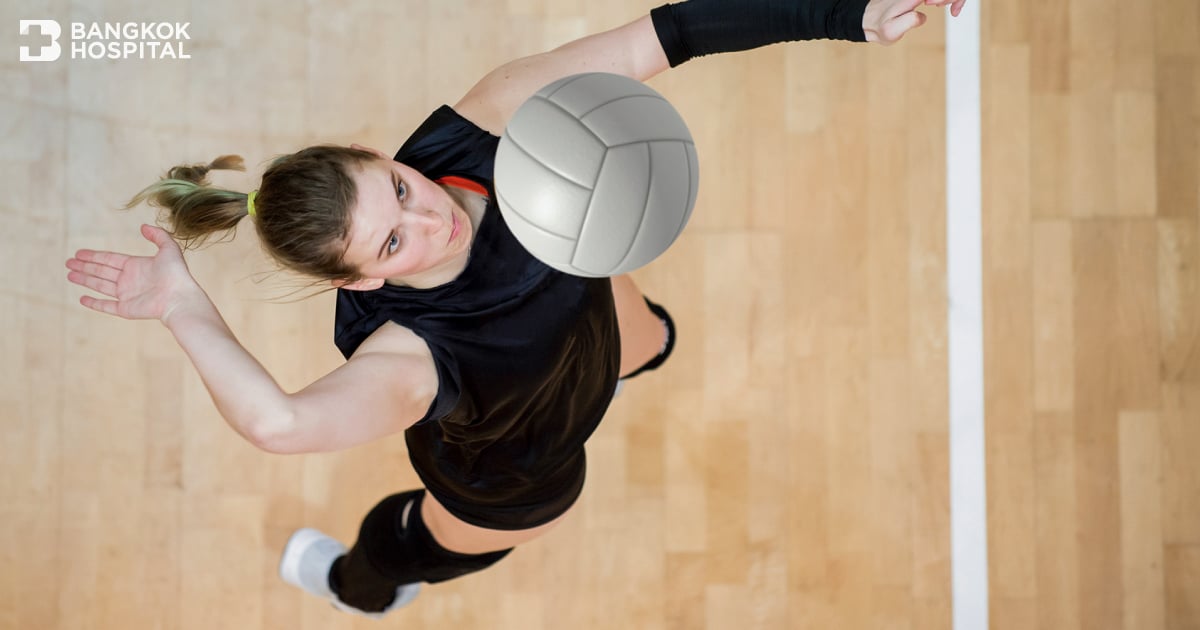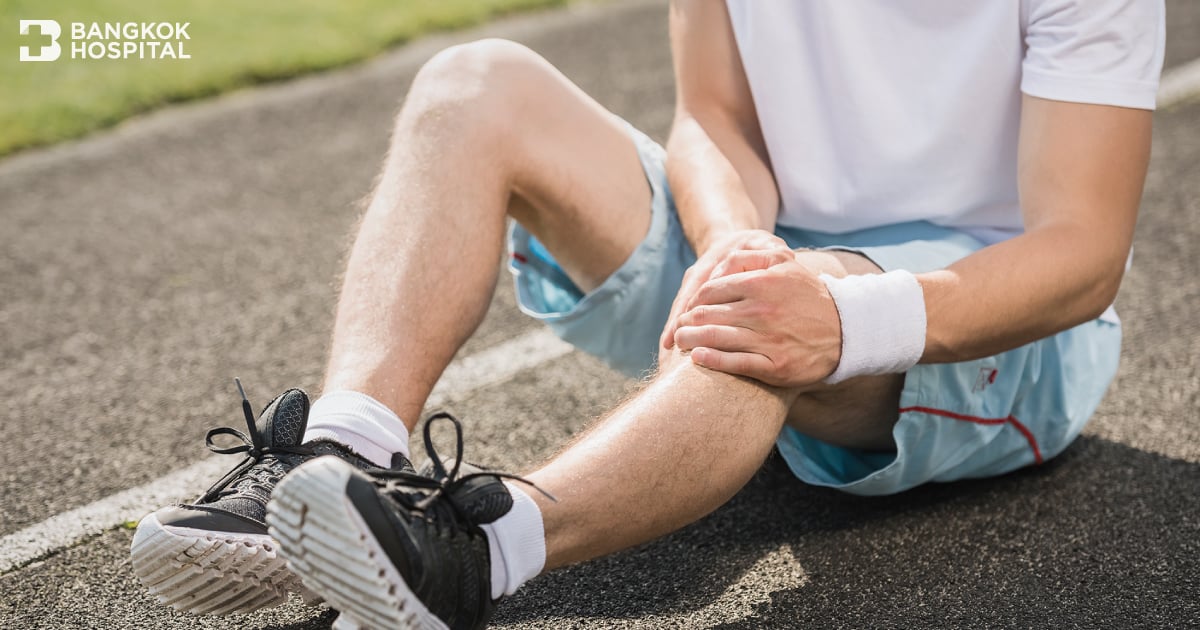UnderstandingAchilles Tendon
The Achilles tendon is the largest tendon in the body, connecting the calf muscle to the heel. It plays a role in walking, running, and jumping. If the tendon becomes overly tight or is stressed significantly, it could lead to Achilles Tendinitis.
Causes of Achilles Tendinitis
The main causes of Achilles Tendinitis include- Overuse, causing stress on the tendon, such as excessive running, or rapidly increasing the distance and time of running without allowing the body to adjust
- Lack of adequate stretching
- Weak, tight calf muscles when exercising, increasing the force and stress on the Achilles tendon
- People with bone spurs in the heel area can experience friction with the Achilles tendon, leading to pain or inflammation
Symptoms of Achilles Tendinitis
When afflicted with Achilles Tendinitis, symptoms include pain, swelling, and redness around the Achilles tendon, possibly extending to the calf muscle. If experiencing foot pain, one should rest, cease running activities, and apply cold compresses frequently to hasten recovery. Pain should be completely alleviated before resuming running or other exercises, as running with pain can aggravate the condition and prolong recovery time.
Preventing Achilles Tendinitis
-
Stretch the muscles and tendons adequately every time before exercising
-
Exercise to increase the strength of the calf muscles
-
Gradually increase the intensity of exercises; running training should slowly increase in distance and speed
-
Wear appropriate and well-fitting shoes
-
If wearing high heels, gradually reduce the height of the heels over time













